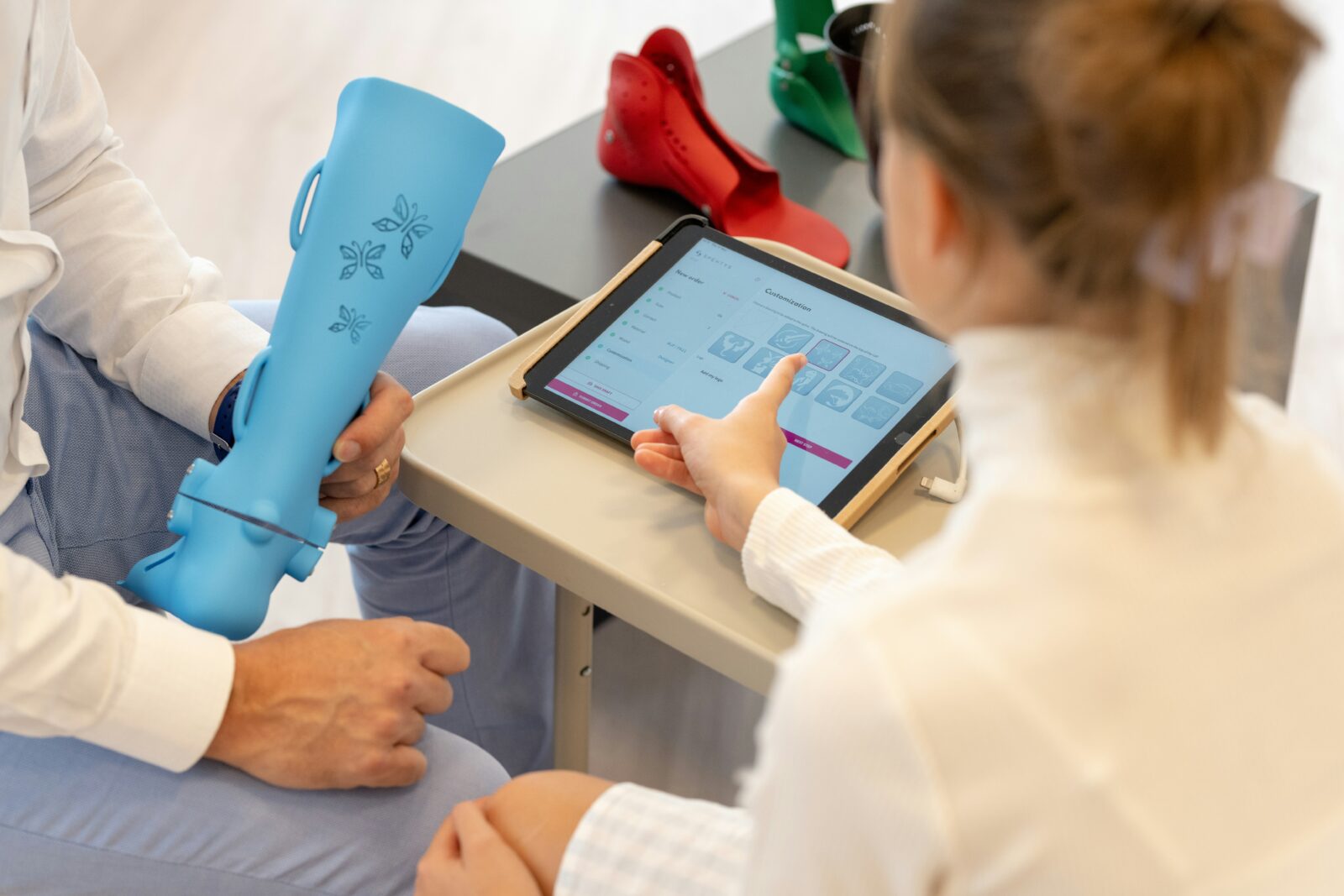The issue of patient lifting and mobility is of primary importance in healthcare which is overlooked most of the time until something happens. Transfer of patients is an everyday task to caregivers, who must make sure that the procedure is safe and comfortable. One thing that will expedite the process in these circumstances is the right equipment that will ease what would otherwise be a stressful affair to a smooth, dignified process.
A sling is one such essential item in this equation as it is a basic but an imperative use equipment that can be helpful when it comes to lifting up patients. Properly utilized, slings raise the efficiency of the caregivers and the health of patients. Nevertheless, misuse might result in pain or harm to all involved parties.
This posting will further venture into the reasons why the use of slings is so important in the care of patients and why it leads to improved health experiences in general. Here we go with this important issue!
Understanding Sling Usage in Patient Care
The subject of sling is vital in matters of patient care particularly in turning and moving patients. It is a process of assisting the patients with transfers using special designed equipment. This reduces the danger posed on caregivers and patients.
There are slings in different types and they are adapted according to your needs. Some of them are full-body supports and there are those that target particular body parts such as hips or legs. It would be important to comprehend such differences in order to deliver safe help.
When dealing with slings, it is important that one is well-trained. The caregivers should understand the right positions to hang the sling so that it fits deeply around the patient. This information promotes security in transfers.
In addition, conversation with patients is a significant component of wearing a sling. It can calm down a patient as the process can be explained to calm down the patient and to build up trust between the caregiver and the patient. When patients have been informed of what to expect, they will be more secure in their movements.
Benefits of Proper Sling Usage
Good quality use of a sling has many benefits that go hand in hand to optimizing the treatment of the patient. To begin with, it leads to safety when transferring and lifting. Once a sling is appropriately used, the chance of falls or injuries is reduced considerably.
The other important advantage is comfort. An adequate sling also positions the body of a patient at the appropriate place, without causing burden on the joints and muscles of the patient. This results in a better experience to all parties involved.
Also, correct usage allows easier movements between places whether it is between a bed to a wheelchair and vice versa. Patients can be safely moved around without much stress by care-givers.
Furthermore, application of slings that meet specific needs gives the healthcare provider a chance to customize the support to a given condition. Such an individualized behavior helps to build trust and confidence in the staff as well as patients.
Appropriate use of slings improves the entire result in terms of mobility. Properly assisted patients are stimulated to be more active towards their environment.
How to Choose the Right Sling for Your Patient
But somehow, this process might appear daunting. The thing is that it does not need to. Being able to determine the personal expectations of your patient is where you start patient lift sling. Before using the type of sling, you should consider their mobility level and physical condition because these things are vital in defining the sling to use.
Then consider the size and weight of the patient. Slings are available in a wide variety of sizes and weight carrying capacities; it is necessary to make a comfortable fit. They will be lifted better with a well-fitting sling.
As well, consider the particular tasks you will have to do such as moving in and out of bed in a wheelchair or using restroom support which will need another type of sling built to handle those functions.
Seek professional medical advice in case of doubt; this satisfies the desire or needs of an individual case.
Impact on Patient Comfort and Safety
Comfort and safety are crucial in liftings and movements of patients. Appropriate sling would influence the feelings of patients in the transfer procedure greatly. A sling, that fits the body properly, will support major body parts eliminating any strain or pain.
Safety is also of great importance. Proper use of sling reduces the risks of fall or injury during the transfers. When the patients feel safe they are more prone to calm down and overall experience will be easier on both the caregivers and the ones receiving the care.
Also, a healthy relationship between caregivers and patients is developed because of proper usage of slings. When they are informed that they are receiving a special treatment, their levels of anxiety reduce to the utmost. This is not only good to the body but also on the mind.
Having the right equipment and techniques in priority makes every lift to be done safely and also increases the comfort of the patient. It is a vital part of quality care, which should not be disregarded the well-being of patients, as well as peace of mind of healthcare providers.
















